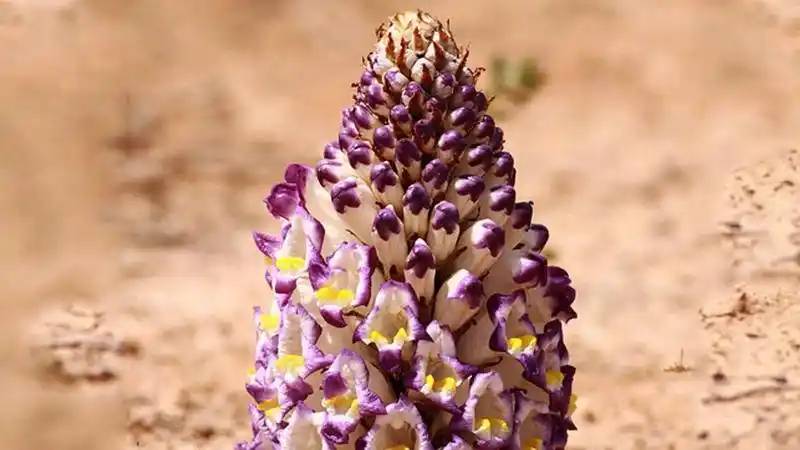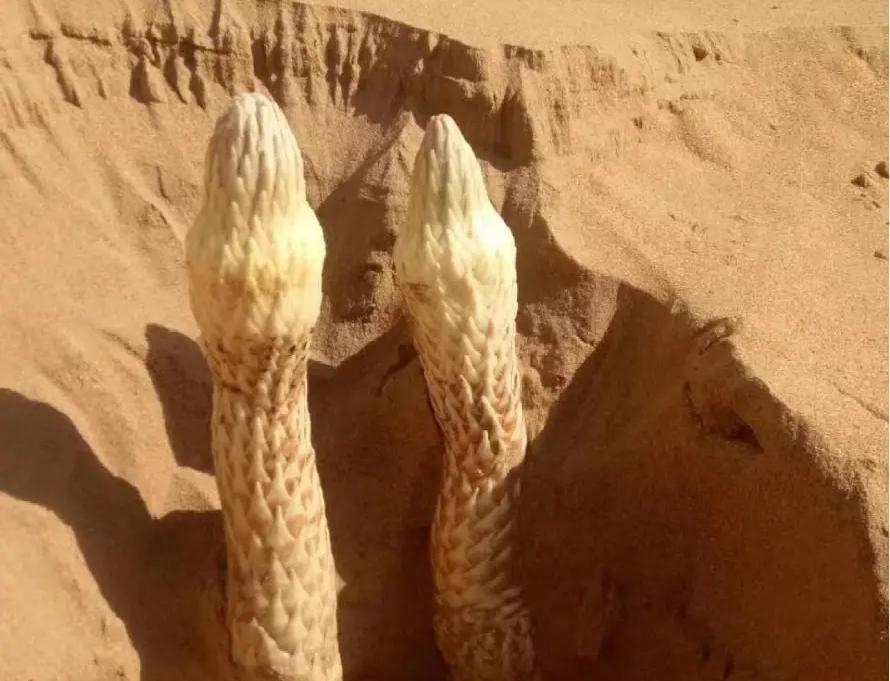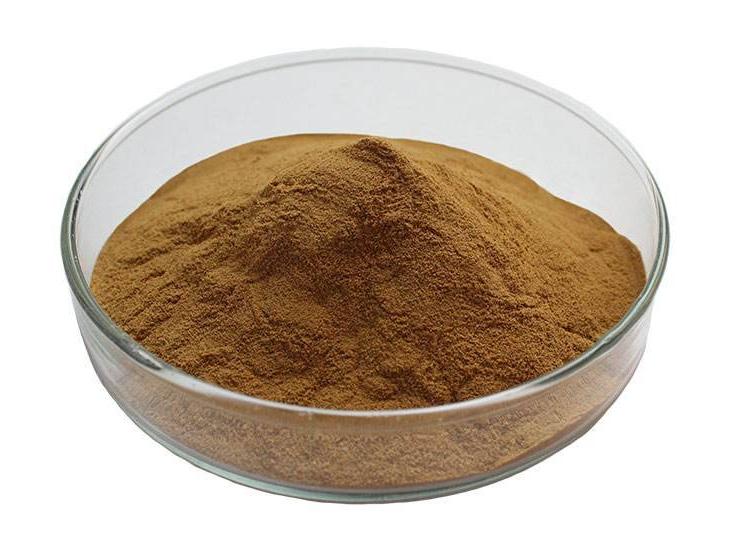Natural Ingredient Cistanche Tubulosa Extract Empowers Health Products
Cistanche tubulosa is a precious plant resource unique to Xinjiang, primarily distributed in desert regions south of the Tianshan Mountains, where it parasitizes the roots of Tamarix plants. Its firm texture and granular cross-section distinguish it markedly from traditional Cistanche species.In recent years, driven by the health industry's growing demand for natural ingredients, Cistanche tubulosa has emerged as a key raw material in functional foods, dietary supplements, and personal care products due to its unique resource advantages and sustainable cultivation characteristics. Its inclusion in the Chinese Pharmacopoeia in 2010 signifies national recognition of its quality and compliance standards, opening new avenues for health product innovation.

1 Active Components of Cistanche tubulosa Extract: Scientific Empowerment of Natural Essence
The core value of Cistanche tubulosa extract stems from its rich natural active components. These elements synergistically provide multidimensional support for product development:
· Echinacoside: Exhibits high bioavailability, serving as a foundational ingredient for nervous system health products;
· Ergosterol: Significantly higher content than comparable plants, aiding anti-aging product development;
· Betaine: Exceptional antioxidant properties, suitable for sports nutrition and energy supplements;
· Galactitol: Stable composition and ease of application ensure product physicochemical consistency;
· Polysaccharides: Strong biological activity supporting immune health product R&D.
Through modern extraction techniques, these active components are efficiently preserved, providing natural and safe raw material solutions for health products.
2. Application Areas of Cistanche tubulosa Extract: Versatile Adaptability Across Diverse Scenarios
Cistanche tubulosa extract demonstrates broad application potential in the health industry:
Functional Foods: Suitable for sports nutrition, health foods for middle-aged and elderly populations, immune support products, etc., meeting diverse health needs;
Dietary Supplements: Formulated into capsules, tablets, powders, and oral liquids to suit diverse consumption scenarios;
Personal Care Products: Incorporated into skincare and haircare formulations to enhance natural properties and functionality;
Special Dietary Foods: Providing natural, safe nutritional support solutions for specific populations.
Its multifaceted applications offer product innovation.
As a specialized supplier of Cistanche tubulosa extract, Green Spring Technology delivers premium raw materials through end-to-end quality control and advanced processes:
· Resource Assurance: Leveraging Xinjiang's premium cultivation zones, we establish large-scale planting bases to ensure stable raw material supply;
· Process Innovation: Employing low-temperature extraction technology and standardized production methods to maximize retention of active components;
· Quality Assurance: Strict adherence to Chinese Pharmacopoeia standards, providing component analysis reports and compliance documentation;
· Application Support: Professional teams offering formulation advice, dosage form design, and technical services to accelerate product development.
3 What Benefits Does Green Spring Technology's Cistanche Tubulosa Extract Offer Clients?
Component Clarity: Provides raw materials with stable active ingredient content, enhancing product credibility.
Compliance Assurance: Ensures products meet national regulatory requirements, reducing market access risks;
Differentiated Competition: Enhances product competitiveness through natural ingredient advantages.
Supply Chain Stability: Establishes sustainable supply systems to guarantee long-term production needs.
Technical Support: Offers comprehensive services from R&D to production, accelerating product innovation.

4 Green Spring Technology Empowers Your Health Product Upgrades
As consumer demand for natural, health-focused products continues to grow, Cistanche tubulosa extract—with its unique resource advantages and scientific value—will become a key ingredient choice in the health industry. Green Spring Technology aims to collaborate with clients using this premium raw material to drive product innovation and technological advancement, delivering more valuable and meaningful health products to consumers while jointly building a sustainable new ecosystem for the health industry. Learn More About Our Comprehensive Traceable Standardized Cistanche Extract Ingredient One-Stop Solution.
Contact us today at helen@greenspringbio.com or WhatsApp: +86 13649243917 to obtain product samples, technical documentation, and customized solutions!
References
[1] State Pharmacopoeia Commission. Pharmacopoeia of the People's Republic of China [M]. Beijing: China Pharmaceutical Technology Press, 2015: 135.
[2] Yang Junsan. Desert Ginseng—Cistanche [J]. Chinese Journal of Pharmacy, 2011, 46(12): 881.
[3] Tu Pengfei, Jiang Yong, Guo Yuhai, et al. Research on Cistanche and Its Industrial Development [J]. Chinese Journal of Pharmacy, 2011, 46(12): 882-887.
[4] Tao Hongjing. Compendium of Famous Physicians' Prescriptions [M]. Compiled and annotated by Shang Zhijun. Beijing: People's Medical Publishing House, 1986: 51.
[5] Tao Hongjing. Collected Commentaries on the Classic of Materia Medica [M]. Compiled and annotated by Shang Zhijun. Beijing: People's Medical Publishing House, 1994: 239.
-
Prev
Beetroot Extract Benefits of Antibacterial
-
Next
Natural GlutathioneIngredient Drives Health Product Innovation


 English
English French
French Spanish
Spanish Russian
Russian Korean
Korean Japanese
Japanese




